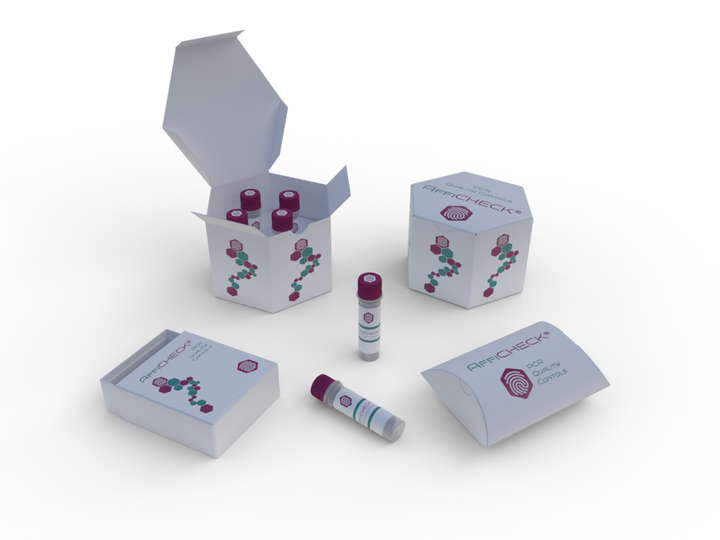Respiratory Verification Panel – Technical Overview
A Respiratory Verification Panel is a standardized reagent set used to verify, validate, and monitor the performance of molecular diagnostic assays that detect respiratory pathogens. These panels contain inactivated or synthetic nucleic acid targets from multiple respiratory viruses and bacteria, packaged in defined concentrations to simulate real patient samples. They are widely used in quality control (QC), assay development, and laboratory accreditation.
Purpose and Applications
The main function of a Respiratory Verification Panel is to:
- Verify assay performance after installation or service
- Validate test accuracy, precision, and sensitivity
- Establish limits of detection (LoD)
- Monitor lot-to-lot consistency
- Support regulatory or CLIA lab validation studies
- Serve as positive and negative controls in multiplex PCR-based detection systems
Typical Panel Composition
A standard Respiratory Verification Panel may include inactivated whole organisms or synthetic RNA/DNA constructs representing the following:
Viral Targets
- Influenza A (e.g., H1N1, H3N2)
- Influenza B (e.g., B/Victoria, B/Yamagata)
- Respiratory Syncytial Virus (RSV) A & B
- Human Rhinovirus/Enterovirus
- Human Metapneumovirus (hMPV)
- Parainfluenza Viruses (Types 1–4)
- Adenovirus
- Coronavirus 229E, OC43, NL63, HKU1
- SARS-CoV-2
Bacterial Targets
- Mycoplasma pneumoniae
- Chlamydia pneumoniae
- Bordetella pertussis
- Streptococcus pneumoniae
- Haemophilus influenzae
Negative Matrix
- Universal transport medium (UTM) or viral transport medium (VTM) without nucleic acid targets
Panel Format
| Component | Specification |
|---|---|
| Volume | 0.5–1.0 mL per tube |
| Matrix | UTM, VTM, or saline |
| Target Material | Inactivated virus/bacteria or RNA/DNA |
| Concentration Range | 10³ – 10⁶ genome copies/mL |
| Storage | -20°C or -80°C, depending on formulation |
| Stability | ≥12 months from manufacture date |
Compatibility
Respiratory Verification Panels are validated for use with:
- Syndromic multiplex panels (e.g., BioFire® FilmArray, QIAstat-Dx®, ePlex®)
- Real-time PCR assays (e.g., CDC Flu SC2, TaqPath™)
- Isothermal assays (e.g., ID NOW™)
- High-throughput systems (e.g., Panther Fusion®, Cobas® Liat®)
Regulatory and Quality Attributes
- Traceable to known sequences (NCBI GenBank accession numbers)
- Manufactured under ISO 13485 or GMP-like conditions
-
Tested for:
- Homogeneity
- Stability
- Nucleic acid integrity
-
Provided with:
- Certificate of Analysis (CoA)
- Instructions for Use (IFU)
Use in Laboratory Workflows
-
Pre-Implementation Verification
Establish assay accuracy across expected targets before use in patient testing. -
Training and Proficiency Testing
Used in operator competency assessments or external quality assessments (EQA). -
Post-Maintenance Performance Check
Ensure instrument function and assay stability after service or updates. -
Lot Validation
Confirm new reagent or kit lots maintain expected sensitivity and specificity.
Handling and Storage Guidelines
- Thaw on ice before use.
- Mix by inversion, not vortexing, to preserve sample integrity.
- Store unused aliquots at recommended temperatures.
- Avoid multiple freeze-thaw cycles to maintain target stability.
Summary
A Respiratory Verification Panel is an essential tool for ensuring diagnostic accuracy in the detection of respiratory pathogens. It supports assay verification, regulatory compliance, and laboratory performance monitoring across molecular diagnostics platforms.
If you need a version adapted for a specific platform or a diagram showing how it fits into the respiratory workflow, I can provide that as well.

